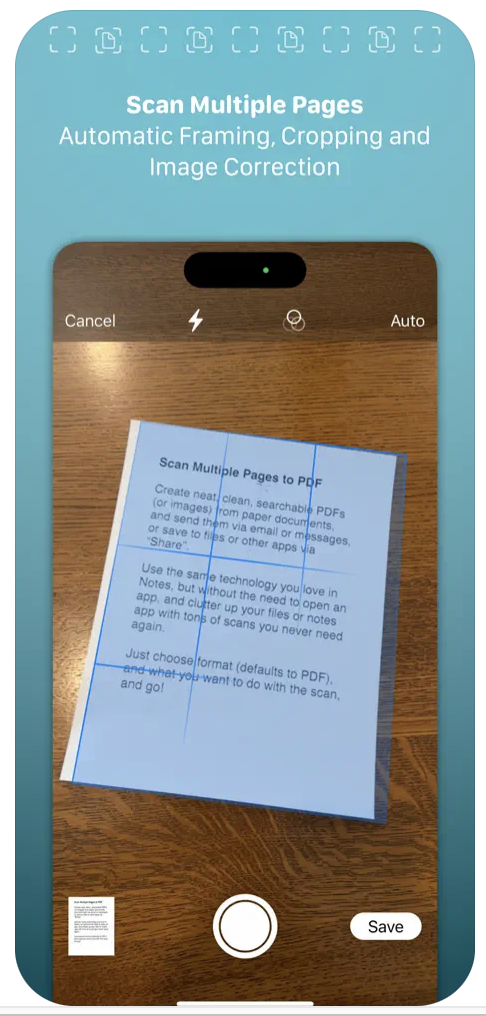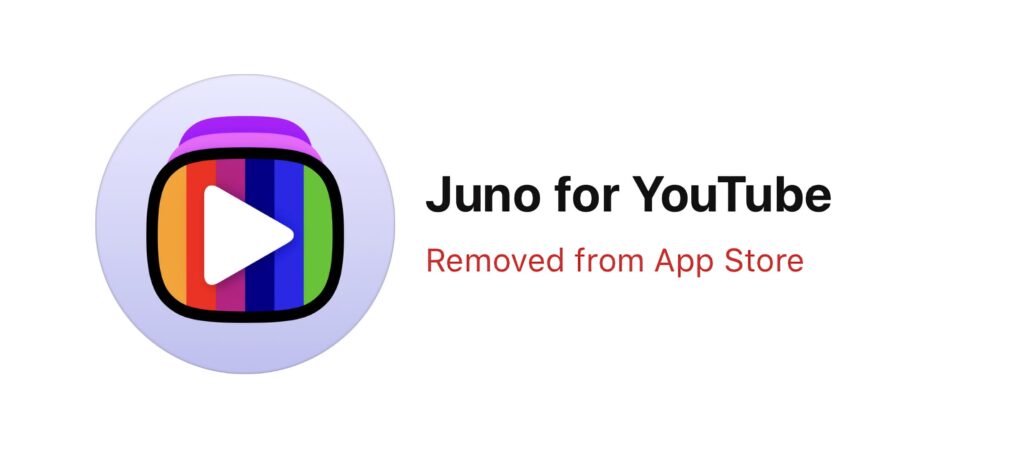9to5 Mac linked to this Creative Strategies report concerning App Store user preferences. There are a few points of note.
Many Users Rely on Google to Find Apps
Only 16% of the surveyed iOS users exclusively rely on the App Store to find new apps. I view this as an indictment of the App Store. For years it was terrible. I remember when I would search for “Tweetbot” by name and the app would return five twitter apps, none of which were Tweetbot.
I think Apple improved the App Store (a lot) last year with the new iOS App Store (and they look to do the same this year on the Mac). Nevertheless, the die has been cast. It’s going to take a while for users to start trusting the App Store again. If you’ve given up on the iOS App Store, I recommend you give it a closer look. It’s a lot better than it used to be.
Users Still Don’t Like Subscriptions
54% of iOS users surveyed said they prefer a one-time payment over subscriptions. Frankly, I expected that number to be higher. While nobody is particularly happy about it, I do think users are coming to understand that there are instances where the subscription model makes sense. I’m also encouraged how some companies can avoid the subscription model and even achieve a sort-of upgrade pricing. The Omni group comes to mind. With the most recent version of OmniFocus, they did not require a subscription but instead, through some clever programming, give owners of the prior version a 50% discount. This is the closest thing I’ve seen to upgrade pricing on iOS, and I hope other developers consider it.


